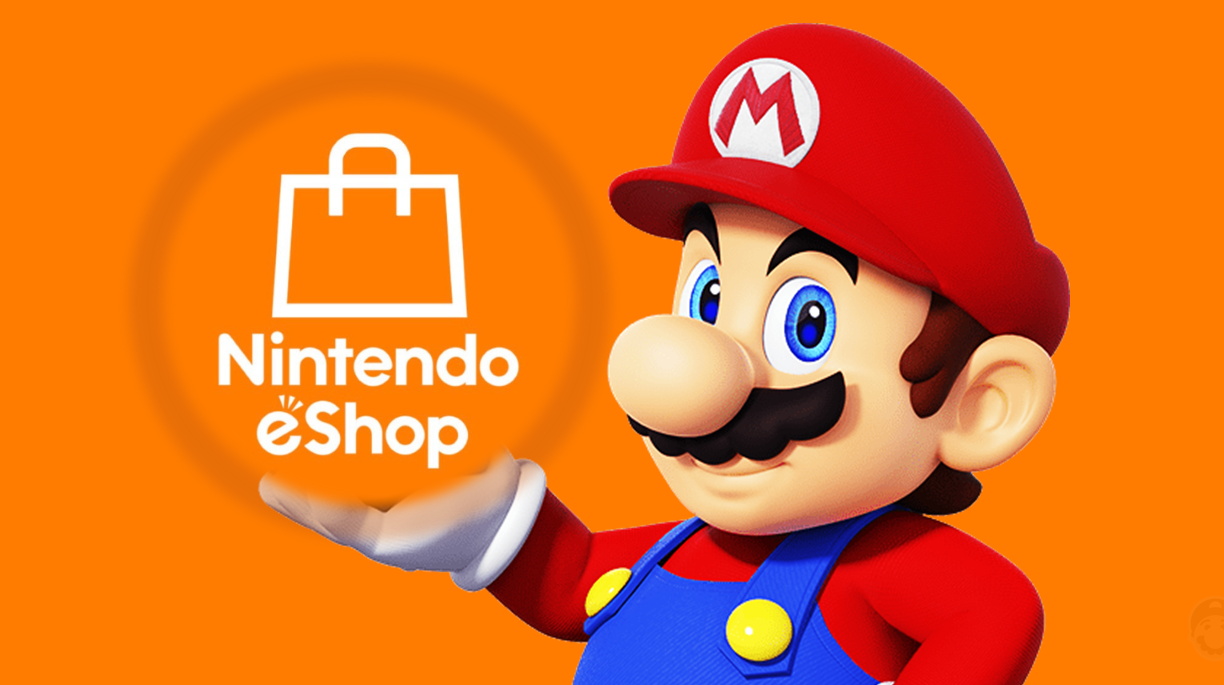
Valfaris: Mecha Therion wastes no time getting going. During the shortest scene, we are reacquainted with the main man of the series, Therion, on a gothic-style spaceship hurtling through the stars. Hekate, his AI companion, says she picked up a signal from his father, Vroll, the man responsible for the destruction of Therion’s home planet of Valfaris, and someone Therion would very much like to kill. Therion turns and, with the help of his leg, moves into battle. We think everything is wonderfully short.
While the previous game (the idiosyncratic Valfaris) was a fast-paced Contra-style run-and-gun experience, this sequel turned the series into a side-scrolling shooter – via R-Type Pacific Rim. The setting is a post-apocalyptic sci-fi hellscape where color palettes are cranked up to maximum saturation and contrast, and a pleasant epic death metal soundtrack accompanies every moment.

In the final beat of that opening scene, Therion is teleported into a mech. About 20 seconds after we pressed start for the first time, we were blasted out of the safety of our ship and into either a skippable tutorial or the deep space of the game itself. We only had a very hazy memory of the first game, and the lack of any grounding in the world or story confused us right away. It was like being transported to a heavy metal festival when we had just spent a week on the beach listening to the peaceful sounds of the sea.
We enjoyed this shock to our systems. There’s not much about the style of Valfaris: Mecha Therion that we’d personally choose, but we soon felt that the flashy presentation was something we could learn to love – a fever dream version of a 1980s cartoon that only kids much older than us have time to see.
The soundtrack is wall-to-wall metal, and the mood set by ex-Celtic Frost guitarist Curt Victor Bryant’s riffs sets the epic tone. In fact, so many elements of the game made us think of it as a shooter version of Quake: the iconic soundtrack – check; the feeling that we are going to attack hell – check; relentless action broken into smaller parts that required repetiti on and repetition until mastered – check

Therion’s mech suit has three weapon slots and two slots for additional upgrades. Generally speaking, the weapons are a sword, a gun, and a third toggle option, which can be changed at checkpoints. Sometimes we equipped a slow missile that we could aim manually, sometimes an electric shock that bloomed around the mech suit and destroyed enemies. We unlocked tons of weapons around the world – blasters, shotguns, spread lasers – they were truly different and fun to use.
Most important of all were swords (or sometimes axes) which served as vital tools in attack and – more importantly in terms of gameplay – defense. Much like the original Valfaris, shooting damage balls and rockets serves two purposes: to prevent those attacks from hitting the mech and to reload our main gun. This is the game’s Mecha Therion USP. Abandoned blasting must be balanced with your energy recovery, otherwise your gun sputters, spits, and weakens. If that happens then you are in trouble. It was crucial to make sure we didn’t get caught this way when larger enemies appeared or when we were in particularly challenging parts of the level. This balancing act is easy to understand and just as easy to forget.

The original platformer Valfaris was greatly exaggerated. Abomination and bloodshed are taken to extreme levels. The enemies were unrelenting and constant. Mecha Therion is also full of excess, but we feel that developer Steel Mantis has reined in his wild impulses for this sequel. And we mean this as a compliment. The game flaunts a sense of restraint in all the right places, even if there’s still plenty of eccentricity. The result is that Mecha Therion’s more unusual settings and characters have a little more chance to breathe.
The bullet-dodging and ship-dodging action is brought to life in pixel-filled 2.5D style. Lovely details permeate the stages: huge statues, ruins, moonscapes. We got a feel for the size of our mech by comparing it to the miniature space marines firing at us from the planet’s surface. One location featured giant creatures strutting in the background and firing lasers forward – almost through the Switch’s screen itself. It was an effect like in some cheesy 3D movie and we loved it.
We dodged through the bullet hell caused by bulky spaceships and floating eyeballs, carefully timing defensive swings with our sword while taking every opportunity we could get to unleash attacks of our own. While playing, we died a lot, but we rarely got frustrated. The checkpoint system was generous enough, but it didn’t make the game too easy.

Still, quite a few parts of the game required five or six tries. We felt tested. We gritted our teeth when the game shifted the perspective a bit and sent us off at double speed. Throughout its run, Valfaris: Mecha Tyrion feels challenging, but never unfair. It looks great and performs well on the Switch in handheld and docked mode, and if you’re craving a tightly designed and fun four-hour shooter, it’s definitely worth checking out.
Conclusion
Valfaris: Mecha Therion didn’t let us down. This is not a relaxing game at all, but it is is a pleasant and easy recommendation if you are in the market for a fun, action shooter. Blasting through waves of ships, rival mechs, and alien orbs and repeating progress as you master each part of the game is a fun loop. Coordinating offense and defense can be challenging but rewarding. The only flaw worth mentioning is that there is almost no story explanation from the previous game. So it’s probably best to play them in order if you want to understand exactly what’s going on.








